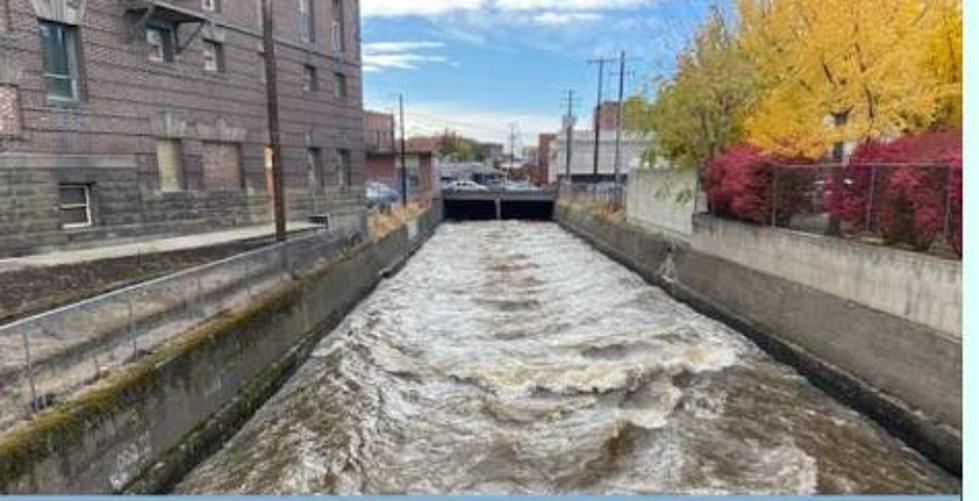
Rivers, Streams Near Walla Walla to Hit High Levels This Weekend
Walla Walla County Emergency Management (WWCEM) has released warnings to the public about expected rapidly rising water in Mill Creek, and other areas.
Rising water due to heavy expected rainfall
Officials say Mill Creek is widely utilized for recreation, and residents are used to lower levels that are left over from summer. Area and mountain rainfall are expected to greatly increase water flows.
According to the WWCEM:
"The brunt of the impacts from the expected storm systems will likely be seen on Saturday. Flows in Mill Creek are expected to rise to 734 cfs (cubic feet per second) at the Kooskooskie gauge (near Walla Walla) with peaks at Walla Walla potentially ranging between 880 cfs-1000 cfs, factoring in flows from Blue Creek. Thankfully, with the minimal snow in the mountains, no widespread flooding or diversions at the Mill Creek Project are expected for this storm event."
The photos provided by Emergency Management by way of the US Army Corps of Engineers, Walla Walla District, show a portion of Mill Creek flowing at 700 cfs or cubic feet per second.

People are advised to avoid low-lying locations near Mill Creek as well as other area rivers and streams.
LOOK: The most expensive weather and climate disasters in recent decades
Gallery Credit: KATELYN LEBOFF

